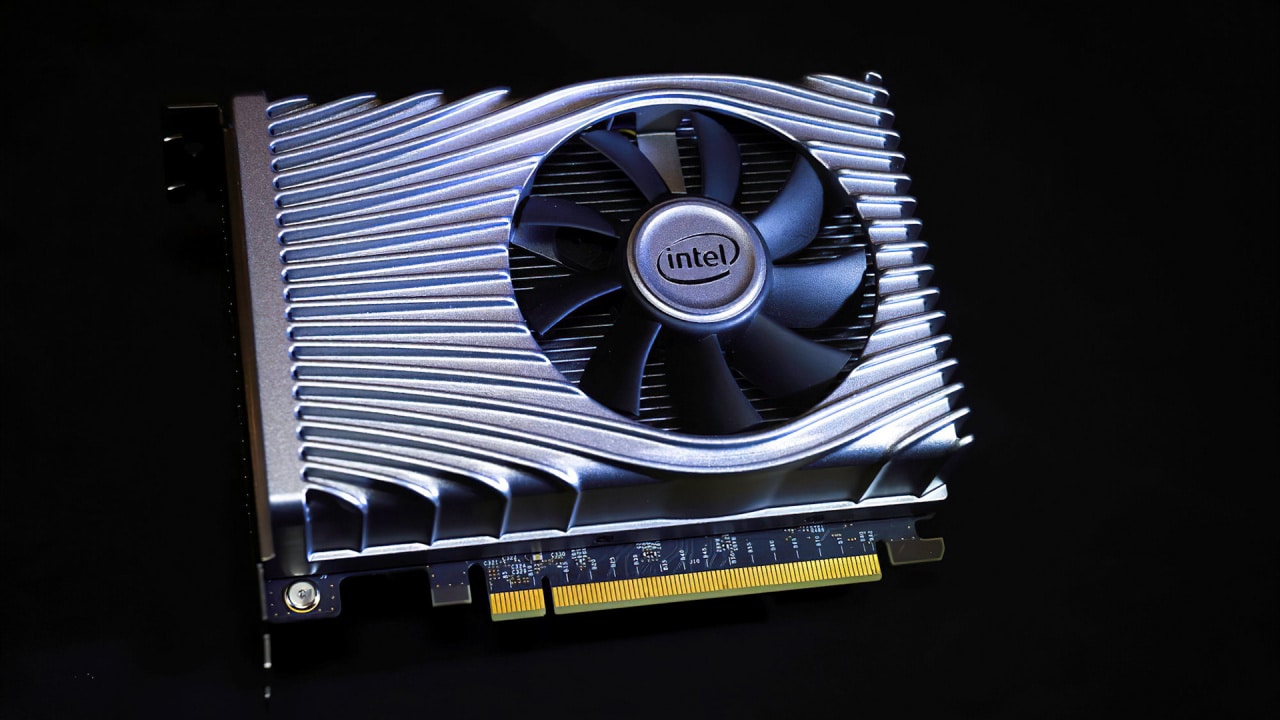The graphics card market is today almost synonymous with the two players AMD and Nvidia, but during the year Intel will also join them. The company has long integrated modest graphics performance in processors, but also has a couple of other graphics investments in the backpack. With AMD Radeon’s former graphics manager Raja Koduri at the helm, Intel will seriously take up the fight against AMD and Nvidia, where products with the scalable Xe architecture will be first out.
The architecture will be used for the integrated graphics components in the upcoming “Tiger Lake” processors for laptops, but also in data centers and dedicated graphics cards for consumers and companies. The very first dedicated graphics card has the code name “DG1” and was shown during CES 2020. Now the model can be seen in the database for Sisoft Sandra.
It has previously been said that the model takes place in the entry-level segment, a suspicion the listing reinforces by confirming 3 GB of graphics memory. The number of EU units (Execution Units) is 96 in number, which corresponds to 768 cores, and the listed clock frequency is 1.5 GHz. In January, the same card appeared in the results lists from Geekbench 5 rolled at a modest 1.05 GHz. The step up means that an even higher frequency can apply to the final product.
Whether DG1 will actually be released for the general public remains to be seen, but according to plan, the card will be released in 2020. Previous data indicate that the graphics card is intended for developers who want to develop software for Intel Xe products, and that the DG1 equivalent for consumers is the integrated graphics of Tiger Lake, and later “Rocket Lake” for desktops.
More high-performance Xe-based graphics, however, lurk on the horizon and in the dedicated graphics card turn, there is talk of DG2, which instead takes the middle class in terms of performance. Recently, Intel and Koduri also showed a socket-mounted Xe implementation intended for server use, where the images of the XE-HP piece make the Ryzen Threadripper look small and handy.
Source: Sisoft Sandra via Videocardz















